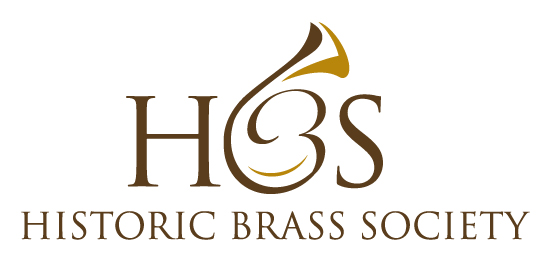Suites and Sonatinas for 2 Natural Trumpets or Horns by [James?] Oswald and Mr. Messing. Edited by Bryan Proksch. The Brass Press
30 Marches for 4 Trumpets and Timpani. Edited by Bryan Proksch. The Brass Press
Bryan Proksch has brought to light some interesting and lovely trumpet repertoire and, in the case of the duets, has found it in an unlikely source. These pieces attributed to James Oswald (1710-1769) and a Mr. Messing appear in John Simpson's The Delightful Pocket Companion for the German Flute (1745). The pieces in the collection are arranged for flute but Proksch concludes that they were originally conceived for natural trumpet or horn, despite the fact that a few pieces contain notes outside of the harmonic series. For this edition Proksch has altered those notes but meticulously indicates all alterations from the original 1745 edition. Nine airs attributed to Oswald are modest dance pieces that, along with the other works in this collection, were undoubtedly intended for amateur use. The six airs by Messing are somewhat more demanding, occasionally ascending to written high c'''. There are a number of rhythmically florid lines but still well within the expected vocabulary of typical 18th-century English trumpet music. There are two anonymous multimovement duets that also fall within the harmonic language of trumpet repertoire, occasionally stepping outside of those limitations. Again, Proksch has edited these pieces for performance by a natural instrument.
Jules Cerclier's 30 Marches for natural trumpet ensemble are wonderful additions to the repertoire. Jules Cerclier (1823-1897) was an almost exact contemporary as a student of Dauverné with Arban as well as Saint-Jacome. Evidently less renowned as a virtuoso than some of his illustrious colleagues, Cerclier forged a very successful career as a teacher at the Paris Conservatoire. Proksch has unearthed a great deal of biographical information on this little-known figure in brass history and included it in the notes to this edition along with a photograph of Cerclier that was taken shortly before his death. Also included are photographs of a slide trumpet by Antoine Courtois that was presented to Cerclier. The 30 marches are interesting rhythmically and more active than many mid nineteenth-century trumpet ensemble works. They are colorful and have a rather distinctive compositional style, particularly with the frequent use of an eighth-sixteenth followed by triplet-eighth-note pattern. The range is modest with the top line mainly going only as high as e'', f'', or g''. Bryan Proksch has done a wonderful service to the brass community by thoroughly researching and bringing out these works.
-- Jeffrey Nussbaum



